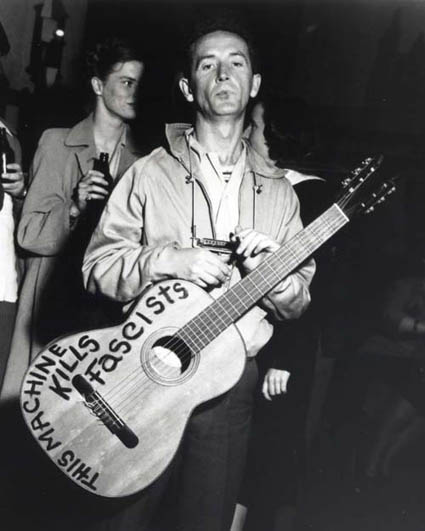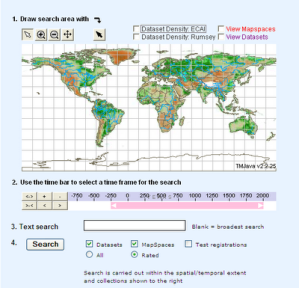For the final project, I have considered two potential ideas that I would like to use. The first is more complicated and harder to execute then the second, but none the less I wanted to explain my ideas.
My first idea was to create something I would want to call “a digital bystander network”. Essentially, it would function as a CraigsList-esque website that would allow for people who have witnessed something, be it a crime or something else negative, to inform the authorities or the appropriate administrative bodies of what they had seen. After university I hope to find a career within the legal field and in the past I have seen situations in which people felt uncomfortable telling their parents/teachers/professors/police etc about something unacceptable they have witnessed. Whether its something like cyber bullying or witnessing someone get beaten up, I would want to create a place on the web where people can feel comfortable telling someone in charge about what they had seen. For example, if someone knew about one of their peers being bullied, but felt uncomfortable telling someone, they could use the digital bystander network to present information on what they witnessed. Those running the website (assuming the project took on a greater identity) could then handle this information from a neutral perspective and present it to the right people, while also providing advice through an instant messenger. This would also allow for the witness to determine how the information they are presenting is brought forward. The idea would essentially combine Kids Help Phone and Crime Stoppers, and present them in a digital format that the Internet generation could relate to and as a result, actually want to use it. The main drawback of this idea is that it is a very time consuming and technologically sophisticated idea. People would have to constantly be scanning through and organizing these eye witness accounts, and the website would have to be connected to the proper venues to present such information legally. This was only the preliminary concept I had come up with.
My second idea, which was much more positive in nature, would be to create a database that focused on the instruments used by my favourite musicians. Essentially, the site would go through many different bands and each of their band members, creating a detailed profile of their gear. Each musician would most likely have several different musical set ups from the different tours they had been on. Each page would include pictures, dates, places and performances that the instruments were used. It could help educate people on the type of instruments their favourite musicians use and also help those wishing to purchase similar instruments find exactly what they are looking for. There would be notations on different modifications made to their instruments or interesting stories/events in which the instrument was made famous (i.e. the Fender Stratocaster that Jimi Hendrix burned on stage in 1967). This idea would incorporate my love of history and music into one database.
Although these ideas are both very different, they adhere to my interests very closely. Despite the fact that my “digital bystander” website would be difficult to execute, I could see it being a very useful tool in the prevention/solving of crimes/social issues that people face everyday. On the other hand, my idea based around the instruments of famous musicians would be useful when studying the history of music or attempting to purchase a model of instrument played by acclaimed musicians. Whichever project I end up deciding on, I am excited to start developing my ideas further.



